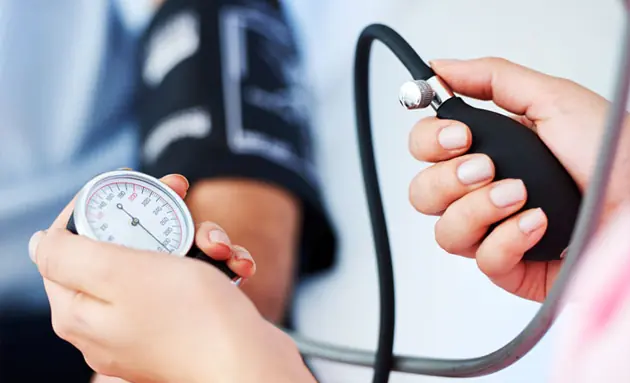
What Kind of Hypertension Is the Most Dangerous? Doctor’s Reminder: Pay Attention to These Three Types – Which One Do You Belong To?
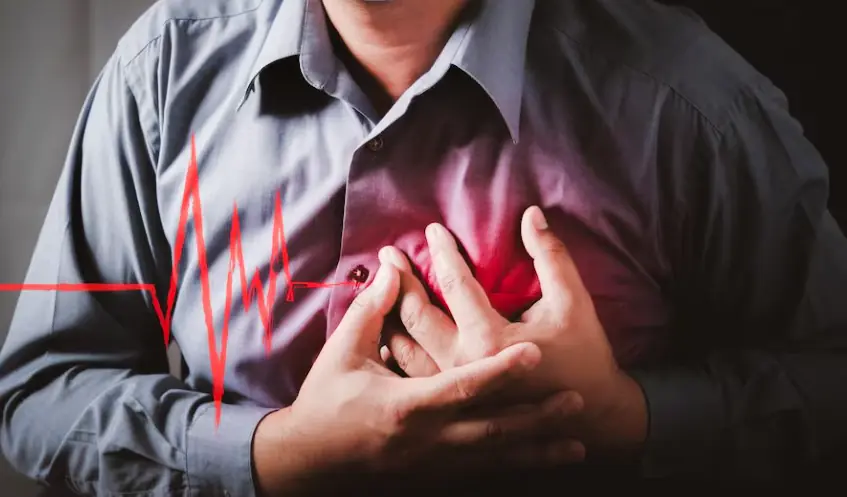
Hypertension, also known as high blood pressure, is a common cardiovascular disease characterized by persistently elevated arterial blood pressure.
Hypertension is a chronic condition, and if left uncontrolled over time, it can lead to severe complications affecting the cardiovascular system, kidneys, brain, and other organs, resulting in diseases such as heart disease, stroke, and kidney failure. Therefore, early detection and control of hypertension are crucial.
Case Study: Mr. Chen's Experience with Hypertension
Mr. Chen, a 35-year-old office worker, leads a busy life with frequent overtime and irregular habits. He enjoys spicy and high-fat foods, exercises rarely, and his overall health is not in good shape.
Recently, he has been experiencing dizziness, fatigue, excessive sweating, and occasional palpitations. Realizing something might be wrong with his health, he decided to visit the hospital for a check-up.
At the hospital, doctors measured his blood pressure and other physiological indicators. The results showed that his blood pressure was elevated to hypertensive levels.
What Is the Standard for Hypertension?
Hypertension is prevalent in China. According to the 2019 China Cardiovascular Health and Disease Report, there are approximately 245 million hypertensive patients in the country, with more than half also suffering from abnormal blood lipid levels, which accelerates the progression of atherosclerosis and increases the risk of cardiovascular diseases.
- Stage 1 Hypertension: Systolic blood pressure between 140-160 mmHg and diastolic pressure between 90-100 mmHg.
- Stage 2 Hypertension: Systolic blood pressure between 160-180 mmHg and diastolic pressure between 100-110 mmHg.
- Stage 3 Hypertension: Systolic blood pressure over 180 mmHg or diastolic pressure over 110 mmHg.
What Types of Hypertension Are the Most Dangerous?
Doctors Warn: Pay Attention to These Three Types of Hypertension
1. Hypertension with a Large Pulse Pressure Difference
Pulse pressure refers to the difference between systolic and diastolic blood pressure, with a normal range of 30-40 mmHg. If the pulse pressure exceeds this range, it can damage the kidneys and increase the risk of heart failure and aortic dissection.
A large pulse pressure difference causes significant cardiovascular damage. In elderly individuals, blood vessels lose elasticity, leading to an increase in systolic pressure and a decrease in diastolic pressure, which further widens the pulse pressure difference.
Conditions such as hyperthyroidism, aortic regurgitation, and severe anemia can also cause an increased pulse pressure difference. If this is detected, the underlying cause should be identified and treated accordingly.
2. Malignant Hypertension
Malignant hypertension is a rare but life-threatening form of hypertension, characterized by a sudden and severe spike in blood pressure accompanied by serious symptoms such as headaches, vision impairment, nausea, vomiting, and chest pain.
This condition requires immediate emergency treatment to prevent fatal complications such as brain hemorrhage, pulmonary edema, and acute kidney failure. Malignant hypertension occurs in only a small subset of hypertensive patients but requires urgent medical intervention.
3. "Dipper" Hypertension
The term “dipper” refers to an S-shaped pattern, where blood pressure peaks twice daily—once in the morning and once in the evening, while remaining lower at night.
Compared to patients with only one peak in their blood pressure, dipper hypertension patients experience two peaks, meaning their blood pressure fluctuates more frequently.
This repeated stimulation of blood vessels and organs significantly increases the risk of brain hemorrhage and stroke.
How to Prevent Brain Hemorrhage If You Have Hypertension?
1. Maintain a Calm Mindset
Many cases of acute brain hemorrhage occur due to extreme emotional fluctuations. Excessive anxiety, anger, or depression are major triggers.
Maintaining a positive outlook and avoiding extreme emotional ups and downs can help prevent sudden spikes in blood pressure.
2. Pay Attention to Diet
A healthy diet is crucial. Follow a diet that is:
- Low-fat, low-salt, low-sugar.
- Avoid animal organs.
- Eat more fresh vegetables, fruits, and soy-based foods.
- Include lean meats, fish, and eggs in moderation.
- Stay hydrated and consume fiber-rich foods to prevent constipation.
3. Exercise Regularly
Unless you have severe hypertension, regular physical activity is highly recommended. Exercise helps with weight control, stress reduction, and relaxation, promoting overall cardiovascular health.
Recommended activities include jogging, brisk walking, cycling, or Tai Chi. Aim for at least five days per week, with workouts lasting until you break a slight sweat.
4. Strictly Control Blood Pressure Levels
Keeping blood pressure within a safe range is crucial. Many patients who suffer from brain hemorrhage often fail to control their blood pressure, inconsistently taking medication or not monitoring their levels regularly.
For instance, some asymptomatic hypertensive patients maintain a blood pressure of 180/100 mmHg but do not feel any discomfort, leading them to skip medication. However, this increases their risk of complications such as strokeby 35-40%.
5. Quit Smoking
Smoking damages blood vessels, and when combined with high blood pressure, it significantly worsens the condition. Secondhand smoke is also harmful.
If a family member has hypertension, everyone in the household should avoid smoking to reduce cardiovascular risks.
6. Keep Warm
Cold weather increases the risk of cardiovascular emergencies. Hypertensive patients should dress warmly, especially during winter outdoor activities.
Avoid going out early in the morning, as sudden exposure to cold air can trigger cardiovascular events and increase the likelihood of brain hemorrhage.
Extended Reading: Should Hypertensive Patients Measure Blood Pressure on the Left or Right Arm?
Hypertensive patients can measure blood pressure on either the left or right arm. However, ensure that:
- The arm is at heart level while measuring, whether lying down or sitting.
- Use an upper arm cuff, not a wrist cuff, for accurate readings.
Blood pressure should be measured when the body is at rest—not after exercise, fatigue, or emotional distress, as this can distort readings.
For consistent tracking, patients should measure blood pressure at the same time each day to monitor fluctuations and adjust medication accordingly.
Conclusion
In daily life, hypertensive patients should follow medical advice strictly and avoid stopping or changing medications without consulting a doctor to prevent adverse reactions.
Maintaining healthy eating habits is also essential—avoid excessive consumption of fatty foods such as braised pork and fried dough sticks to prevent worsening of the condition.
By following proper management strategies, hypertension can be effectively controlled, reducing the risk of severe complications.
News in the same category


A 59-Year-Old Man Ate Raw Garlic Daily for Its Antibacterial and Anti-Tumor Properties—What Happened to His Health After Six Months?

If Budget Allows, Include These Nutrient-Rich Foods in Your Diet to Boost Immunity and Maintain Health!

Doctor’s Warning: Avoid Eating Celery with These Foods – It May Harm Your Health, and Many People Don’t Know It
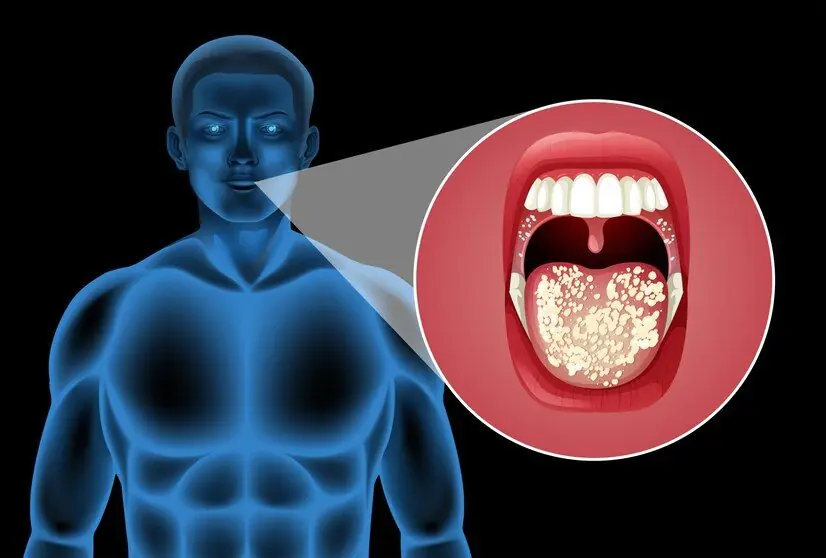
Is Oral Cancer a Result of Ignoring Symptoms? 6 Warning Signs You Shouldn’t Overlook
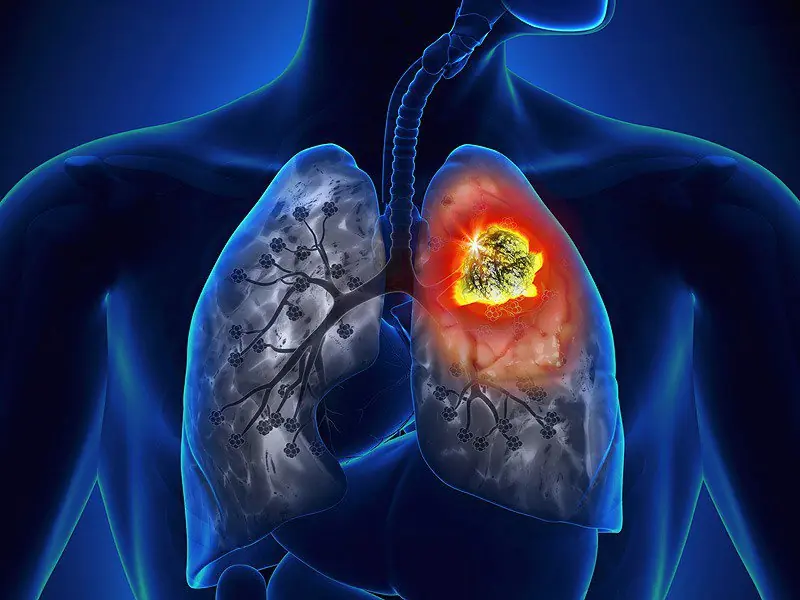
Is Lung Cancer Contagious? Can It Be Inherited? A Doctor Reveals the Truth
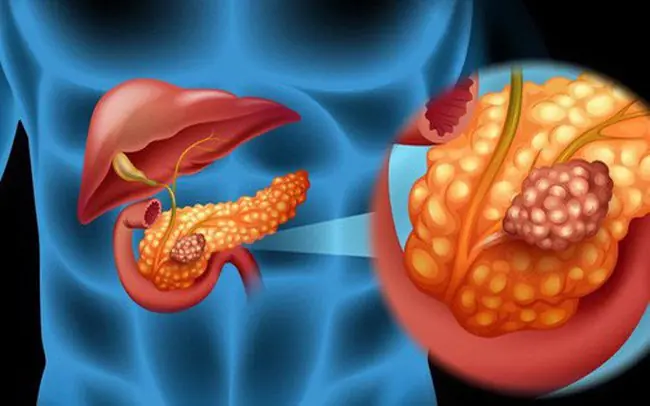
Doctor’s Warning: People Prone to Pancreatic Cancer Tend to Share These Common Traits – Here’s What You Need to Know

What Kind of Hypertension Is the Most Dangerous? Doctor’s Reminder: Pay Attention to These Three Types – Which One Do You Belong To?

The Habit of Eating Sweet Potatoes for Breakfast: 3 Amazing Benefits for a Healthier You!
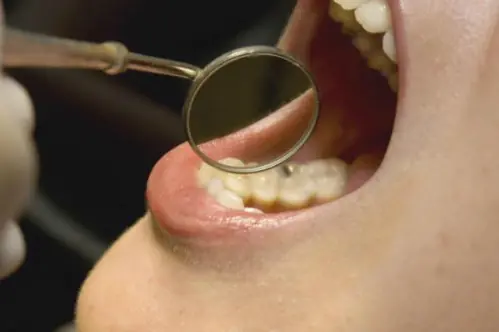
Can Ignoring Abnormal Symptoms Lead to Oral Cancer? 6 Warning Signs That Demand Early Check-Ups

Study Reveals Rising Cancer Rates Among Gen X and Millennials Compared to Older Generations

When The Body Is Hungry Or Fasting It Starts A Process Called Autophagy Which Begins To Regenerate The Immune System

Man's Carnivore Diet Causes Strange Yellow Deposits on Skin Health

12 WARNING SIGNS OF A HEART ATTACK YOU SHOULD NOT IGNORE

Pope Francis in Critical Condition After Prolonged Respiratory Crisis: Sepsis Risk Threatens His Life

Three Types of Body Hair That Indicate Good Health in Women – The Unexpected Truth

Mulberries and Raspberries: Everyday Superfoods for Liver Health, Eye Care, and Kidney Support
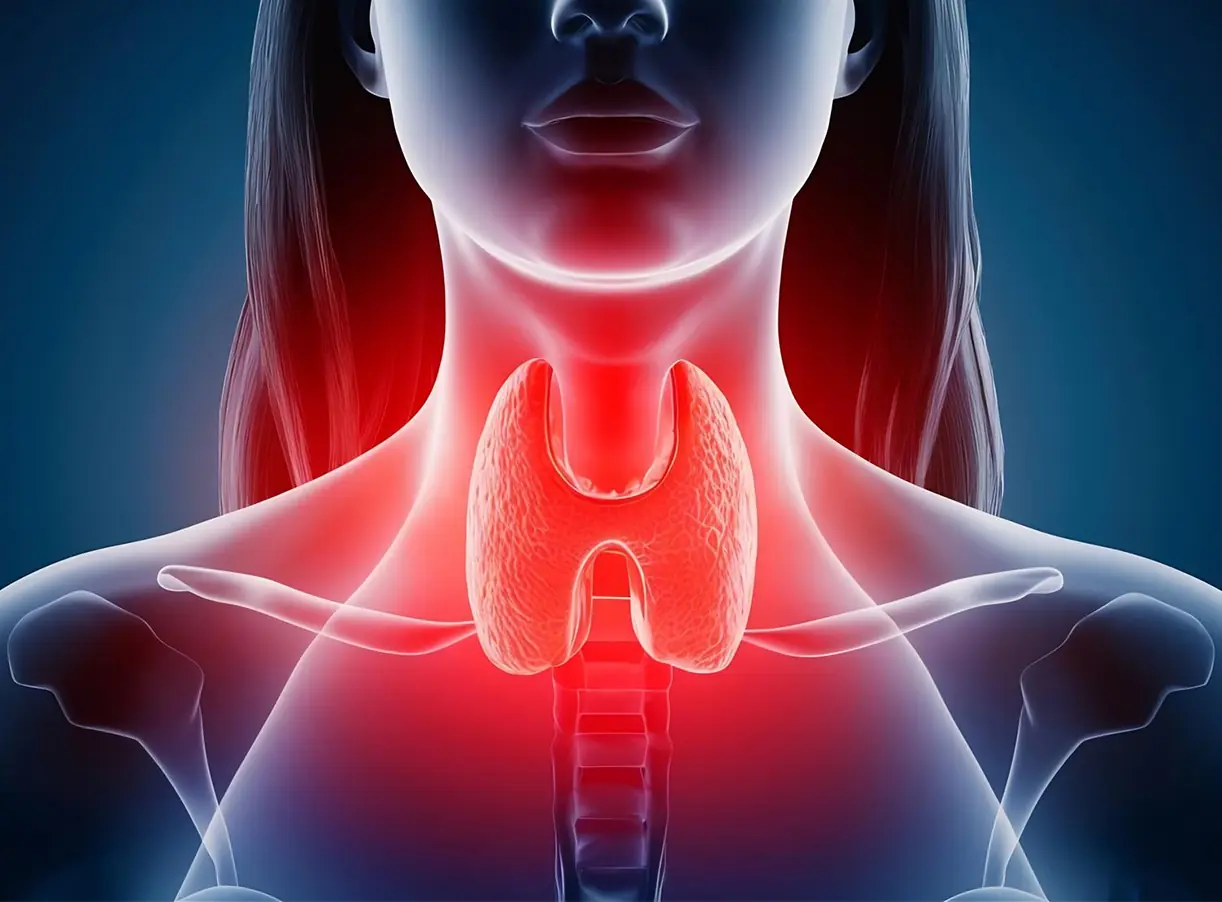
Should People with Thyroid Problems Avoid Soy? Warning: These 2 Supplements Could Accelerate Thyroid Cancer

Call to Stop Eating This – Worse for Your Bones Than MSG! Warn Your Family to Remove It from the Table
News Post

Recommended this smoothie, and one glass a day was sufficient to naturally resolve these problems.

The Real Culprit Behind High Blood Pressure Isn’t Salt – It’s This! Stop Overeating It Before It’s Too Late

A 59-Year-Old Man Ate Raw Garlic Daily for Its Antibacterial and Anti-Tumor Properties—What Happened to His Health After Six Months?

If Budget Allows, Include These Nutrient-Rich Foods in Your Diet to Boost Immunity and Maintain Health!

Doctor’s Warning: Avoid Eating Celery with These Foods – It May Harm Your Health, and Many People Don’t Know It

Is Oral Cancer a Result of Ignoring Symptoms? 6 Warning Signs You Shouldn’t Overlook

Turn Overripe Tomatoes into Flavorful Tomato Powder Instead of Waste

Dates & Papaya: A Powerful Duo for Your Health

Avocado Seeds: 7 Powerful Reasons to Stop Throwing Them Away

Is Lung Cancer Contagious? Can It Be Inherited? A Doctor Reveals the Truth

Say Goodbye to Flies and Cockroaches in Just One Hour with This Simple Trick!

Garlic, Honey, and Cloves – A Powerful Natural Remedy for Better Health

5 Essential Leaves to Naturally Enhance Eye Health

Doctor’s Warning: People Prone to Pancreatic Cancer Tend to Share These Common Traits – Here’s What You Need to Know

The Drink That Will Empty Hospitals in 2025 – Cures Diabetes, High Blood Pressure, and Cancer Without Medication

Blueberry Banana Smoothie – A Creamy & Nutritious Delight!

Oatmeal Blueberry Smoothie – A Creamy, Nutritious Breakfast in a Glass!

Cattails: Nature’s Hidden Treasure for Nutrition and Survival

Carrot Pineapple Smoothie – A Refreshing & Nutrient-Packed Drink!
